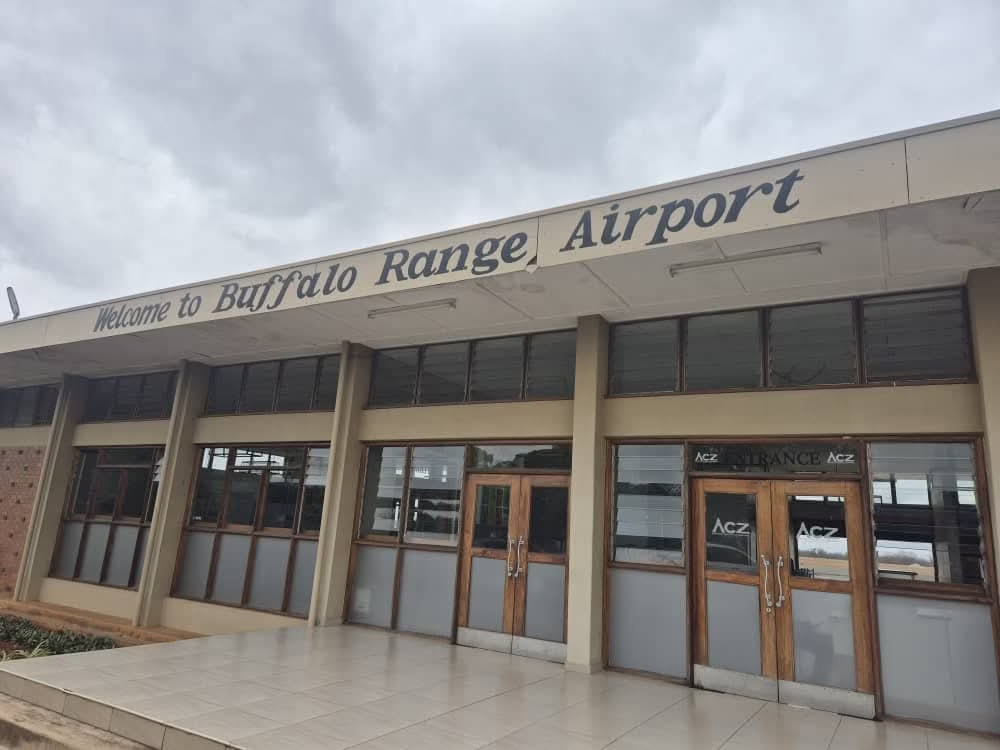
The ongoing refurbishment and modernisation of Buffalo Range Airport in Chiredzi mark a major milestone in the Second Republic’s broader vision to revitalise Zimbabwe’s aviation infrastructure and strengthen the nation’s competitiveness in tourism and investment. The project, which is now at an advanced stage, embodies the government’s determination to transform ports of entry into modern, efficient, and safe gateways for international connectivity and regional trade.
According to the Airports Company of Zimbabwe Public Relations and Communications Manager Mr Tonderai Mangombe, significant progress has been made under the current phase, which focuses on rehabilitating the taxiway and apron. The works are being carried out by the Rural Infrastructure Development Agency and are expected to be completed next month. “As ACZ, we are happy that the government is refurbishing the taxiway for Buffalo Range International Airport. The runway was successfully refurbished in 2021, and this phase focuses on completing the taxiway and apron to ensure safe aircraft operations,” said Mr Mangombe.
He added that the airport, ranked as Zimbabwe’s fourth busiest, currently handles up to 20 aircraft landings per day including international flights. Plans are also underway to extend the runway to support larger aircraft and direct international access. “We also have a pending project to extend the runway. Malilangwe Conservation Trust made a proposal to increase its length from 1.6 kilometres to four kilometres to accommodate larger aircraft. This will allow private and international planes to land directly at Buffalo Range without connecting through Harare or Johannesburg,” he said.
Strategically located in the South Eastern Lowveld, Buffalo Range Airport serves as a critical hub linking major conservation areas such as Save Valley, Malilangwe, and the Great Limpopo Transfrontier Park, which unites wildlife-rich regions across Zimbabwe, Mozambique, and South Africa. Its modernisation therefore holds profound implications for eco-tourism, conservation logistics, and regional collaboration.
Beyond tourism, the airport plays a pivotal role in supporting the economic operations of major agro-industrial enterprises including Tongaat Hulett’s sugarcane estates and the Green Fuel ethanol plant in Chisumbanje. By facilitating the swift movement of goods, investors, and tourists, the airport is positioned to become a vital economic artery for the Lowveld.
The refurbishment project also underscores the government’s infrastructure-led development agenda under Vision 2030, aimed at achieving an upper-middle-income economy. The modernisation of Buffalo Range complements similar projects at Robert Gabriel Mugabe International Airport and Victoria Falls International Airport, signifying a national commitment to aviation excellence and inclusive growth.
As completion approaches, optimism continues to build that Buffalo Range will soon emerge as a modern gateway of opportunity, seamlessly linking Zimbabwe’s scenic Lowveld with global markets, enhancing the tourism experience, and reinforcing the country’s reputation as a safe, accessible, and investment-ready destination.




